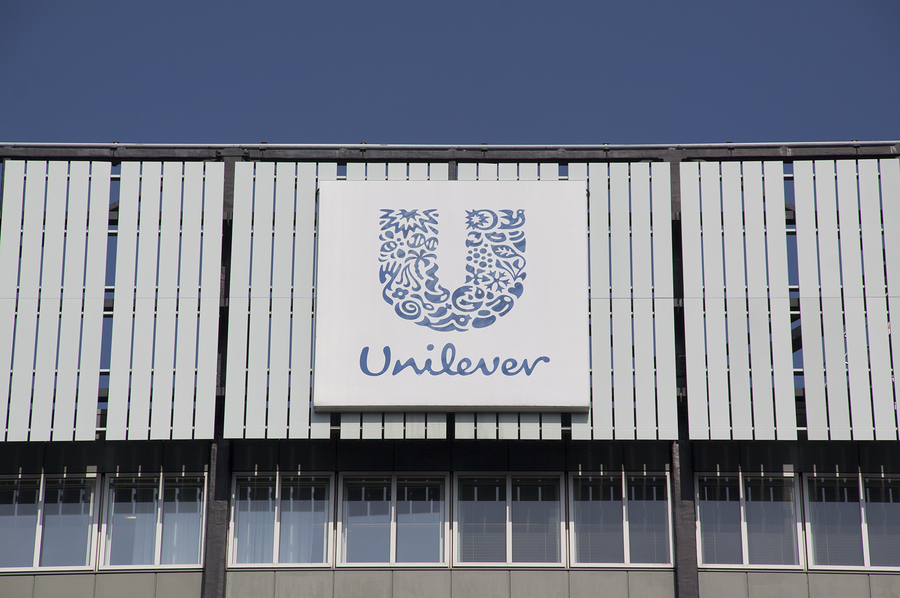In order to curb plastic sachets from entering the world’s oceans, Unilever has created a new system for recovery and recycling — delivering a full circular economy.
The consumer goods giant sells billions of single-use sachets every year, including in both cosmetics and food products.
The system, named the CeaSolv Process, is set to open as a pilot operation in Indonesia to test the long-term feasibility of the technology. It comes in partnership with the Fraunhofer Institute.
Indonesia produces 64 million tonnes of waste every year, with at least 1.3 million tonnes entering the world’s oceans.
David Blanchard, chief research and development officer at Unilever said:
Billions of sachets are used once and just thrown away, all over the world, ending up in landfill or in our waterways and oceans.
“We intend to make this tech open source and would hope to scale the technology with industry partners, so others – including our competitors – can use it.”
Dr. Andreas Mäurer at the Fraunhofer Institute of Process Engineering and Packaging, said:
By this innovative pilot-plant we can realise for the first time the recycling of high-valuable polymers from dirty post-consumer multilayer sachets.
“Our aim is to prove the economic profitability and environmental benefits of the CreaSolv® Process. Our calculations indicate that we are able to recover six kilos of pure polymers with the same energy effort as the production of one kilo of virgin polymer.”
Univeler is also setting up waste collection schemes and working with local waste banks, retailers, and governments and hopes to empower waste pickers; integrating them into the mainstream economy.
In January Unilever announced that it was to commit to using 100 per cent recycled plastic packaging by 2025.
It is predicted that the oceans could contain more plastic than fish by 2050.
